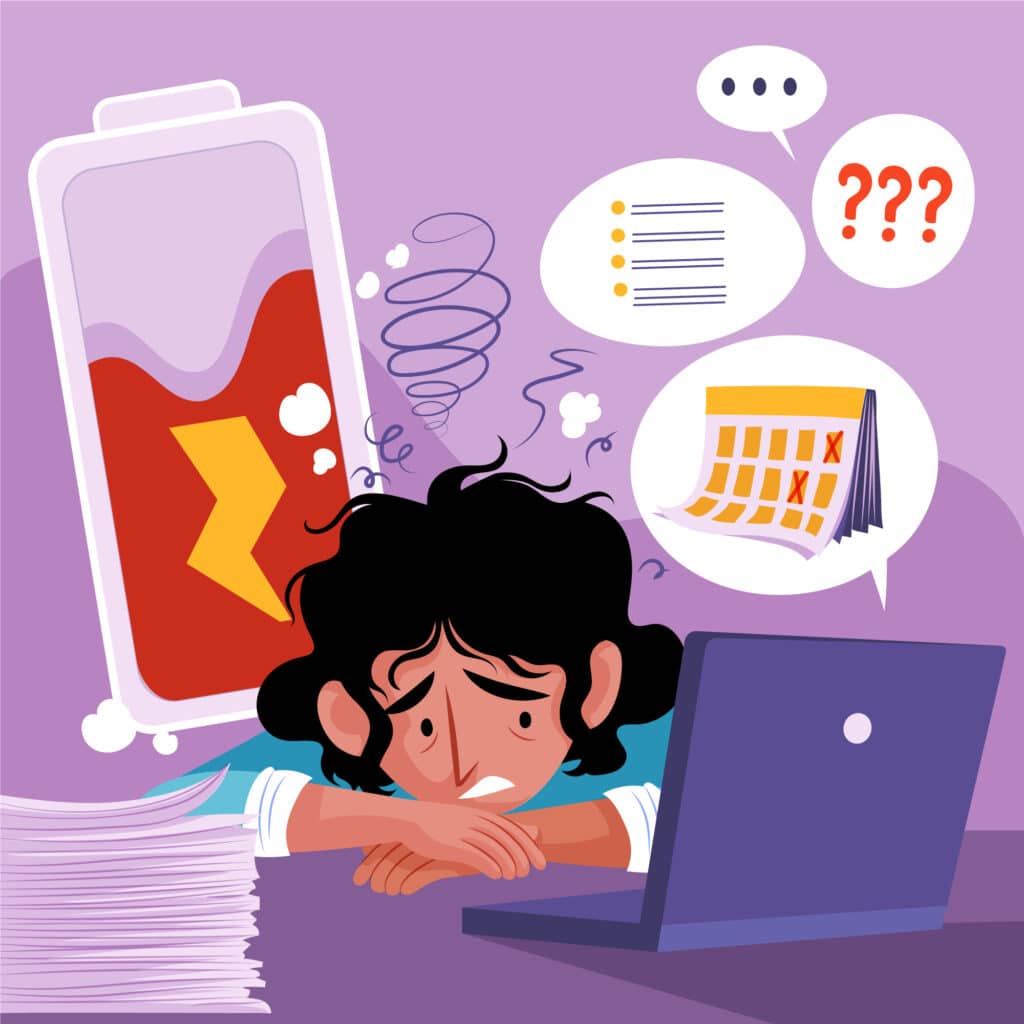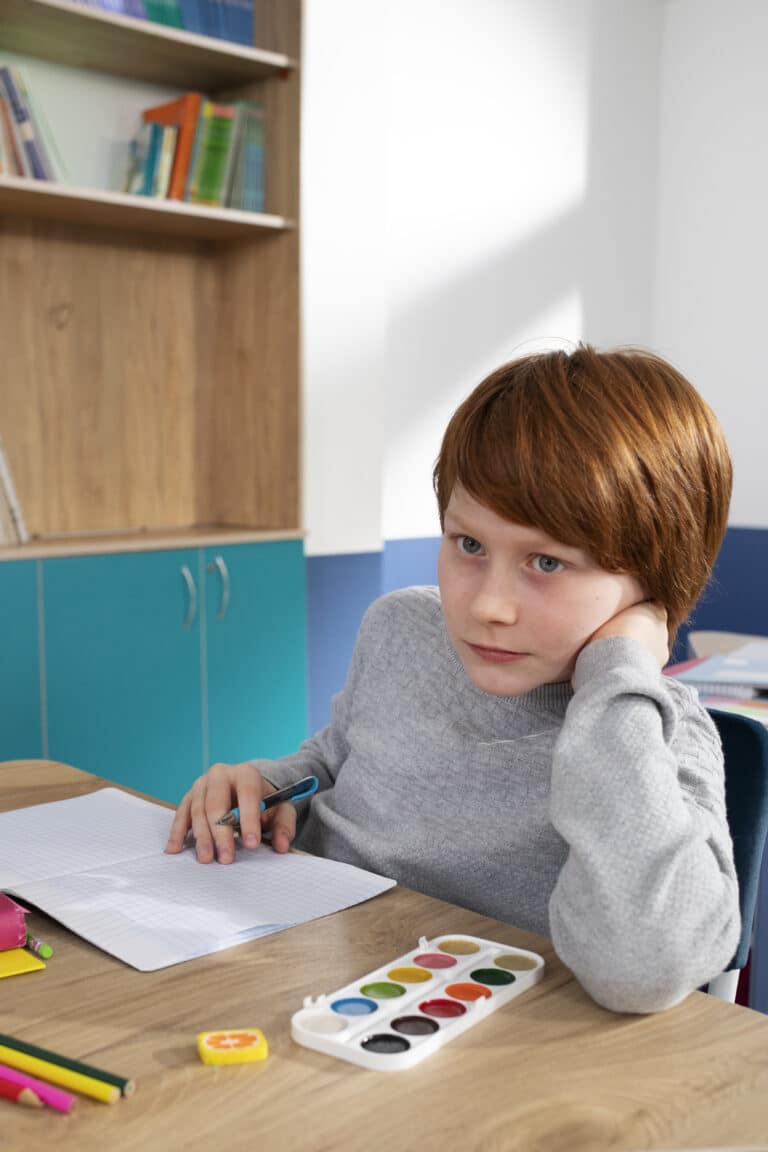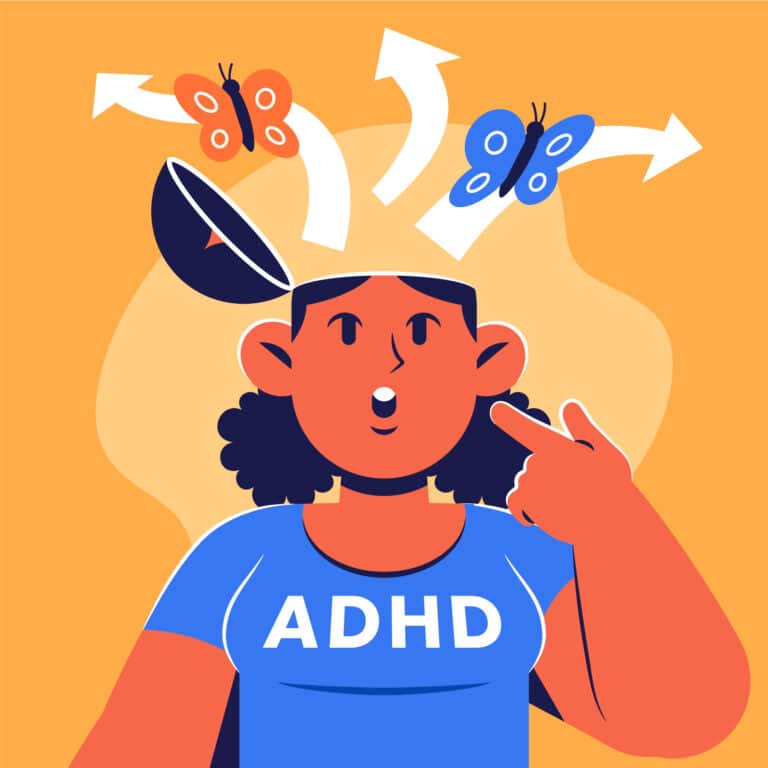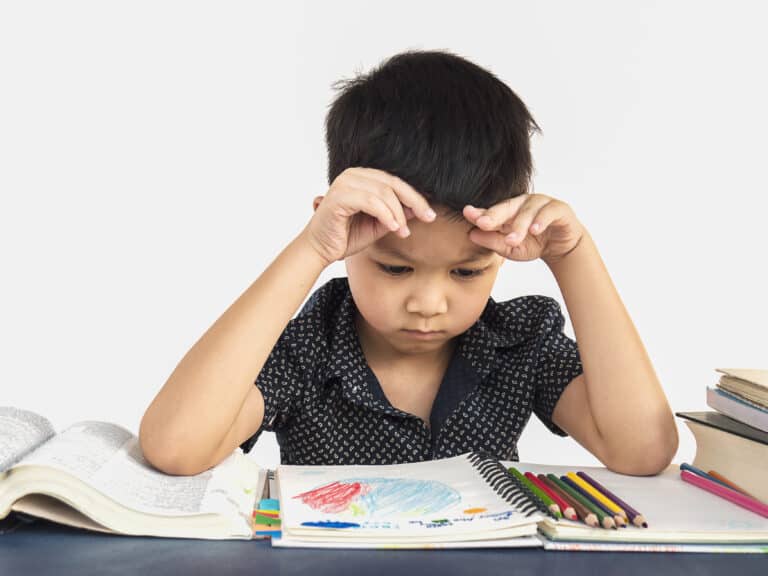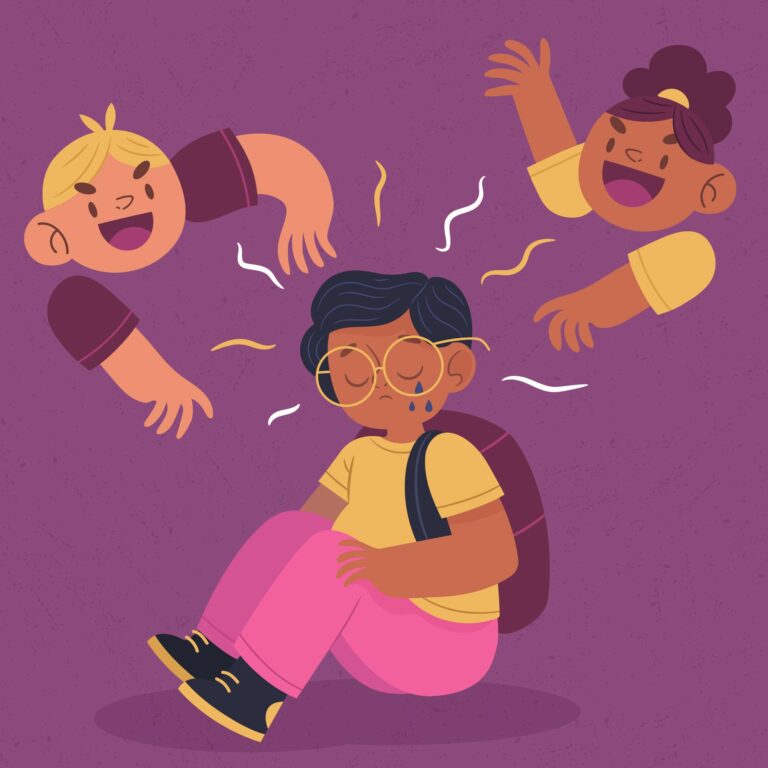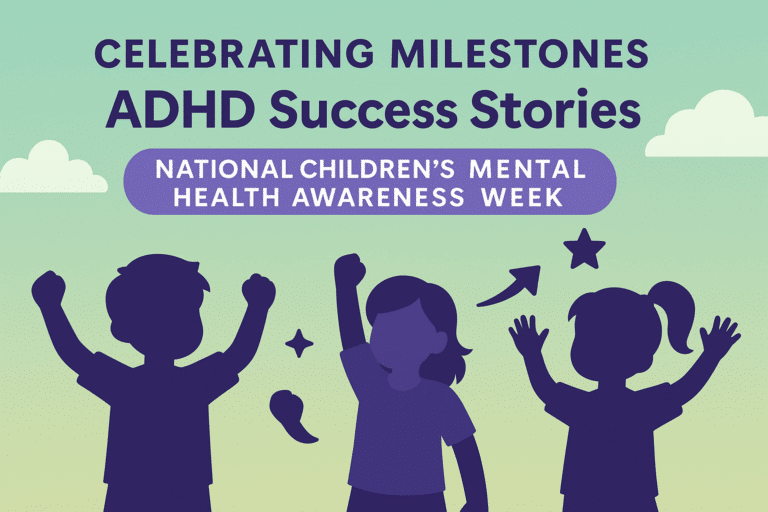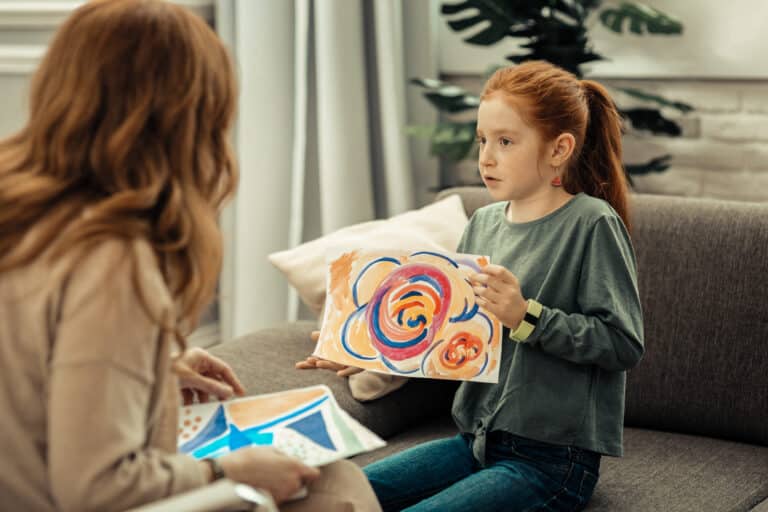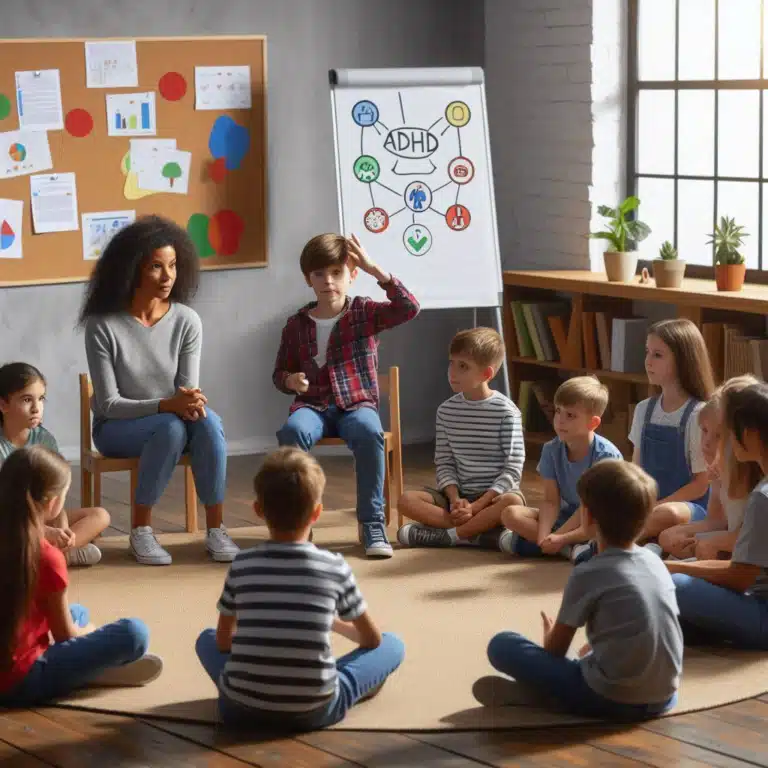Executive Function Disorder (EFD) affects the mental processes required for planning, organization, focus, and emotional regulation. These skills, collectively known as executive functions, are critical for daily life and academic success. Identifying the signs of EFD early enables parents and educators to provide support that helps children with executive functioning issues thrive.
Understanding Executive Function and Its Role in Daily Life
Executive functions allow us to manage tasks, regulate emotions, and achieve goals. These cognitive processes include:
- Working memory: Retaining and using information for tasks.
- Cognitive flexibility is a key component in identifying executive function deficits. Adapting to new information or situations.
- Self-control: Managing impulses and maintaining focus.
Children with EFD often face disruptions in these areas, making it challenging to complete assignments, follow instructions, or manage emotions effectively. EFD can coexist with conditions like ADHD or autism, but it may also occur independently.
Key Signs of Executive Function Disorder in Children
Recognizing executive dysfunction early is crucial. Here are common indicators:
1. Difficulty Managing Time
- Frequently misses deadlines.
- Struggles to estimate how long tasks will take.
- Appears unaware of the passage of time.
2. Poor Organization
- Often loses belongings like school supplies or homework.
- Trouble keeping their room or workspace tidy.
- Difficulty breaking tasks into manageable steps.
3. Challenges Following Instructions
- Struggles to complete multi-step directions.
- Loses focus during complex or lengthy tasks.
4. Emotional Dysregulation
- Experiences frequent outbursts or frustration over minor issues.
- Difficulty calming down or shifting from negative emotions.
5. Impulsive Behavior
- Acts without considering consequences, such as interrupting conversations or making hasty decisions, are symptoms of executive function issues.
6. Academic Struggles
- Difficulty prioritizing assignments.
- Challenges remembering instructions or lesson details.
- Often unable to complete homework independently.
What Causes Executive Function Disorder?
EFD is believed to result from several contributing factors:
- Neurodevelopmental conditions: EFD is commonly associated with ADHD and autism spectrum disorder.
- Brain development: Differences in the prefrontal cortex, which governs executive functions.
- Genetics: Family history of ADHD, learning disabilities, or EFD.
- Environmental influences: Chronic stress or trauma during childhood can exacerbate symptoms of executive function issues.
Helping a Child with Executive Function Disorder
Parents can play a crucial role in supporting their child’s executive functioning. Here are practical strategies:
1. Create Consistent Routines
Establish predictable daily schedules to reduce decision-making stress. Use visual aids like calendars or charts to plan activities.
2. Break Tasks Into Steps
Simplify complex tasks by dividing them into smaller, manageable steps. For instance, instead of saying, “Clean your room,” provide instructions like, “Put your toys in the bin, then make your bed.”
3. Use Visual and Verbal Cues
Sticky notes, timers, or alarms can serve as helpful reminders for staying on track.
4. Foster Emotional Regulation
Teach calming techniques such as deep breathing, mindfulness, or guided imagery to help your child manage frustration.
5. Build Executive Function Skills
Encourage activities like puzzles, strategy games, or memory challenges to strengthen cognitive skills and help kids overcome executive function deficits in an engaging way.
6. Collaborate with Educators
Work with teachers to implement classroom accommodations, such as extended time for assignments or seating arrangements to minimize distractions.
7. Seek Professional Support
Consult a psychologist or occupational therapist for a comprehensive assessment and tailored interventions.
Recognizing Strengths Alongside Challenges
While EFD presents obstacles, children with the disorder often exhibit remarkable creativity, empathy, and problem-solving skills. Emphasizing these strengths builds confidence and resilience.
Frequently Asked Questions (FAQ)
Q: What is Executive Function Disorder?
A: EFD involves difficulties with planning, organization, memory, and emotional regulation. It often overlaps with ADHD but can occur independently.
Q: How can I tell if my child has EFD?
A: Signs include time management issues, disorganization, impulsivity, and difficulty following instructions. A psychologist can provide a formal diagnosis.
Q: Is EFD the same as ADHD?
A: While they share symptoms, ADHD includes attention and hyperactivity challenges, whereas EFD focuses on difficulties with executive functions.
Q: Can EFD be treated?
A: While there’s no cure, therapies, routines, and skill-building exercises can significantly improve executive functioning.
Q: Are there tools to support children with EFD?
A: Yes, tools like planners, visual schedules, and timers help children manage tasks and build independence.
Empower Your Child with the Right Support
Recognizing and addressing EFD is the first step in empowering your child to succeed. At Pathformers, we offer courses and resources to help parents develop routines, foster emotional regulation, and improve organizational skills. Together, we can help children with EFD overcome challenges and unlock their full potential. Explore Pathformers today to start your journey toward better executive function support.

